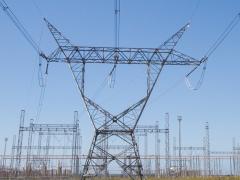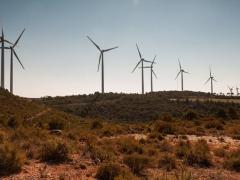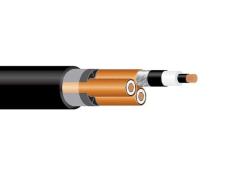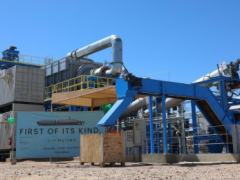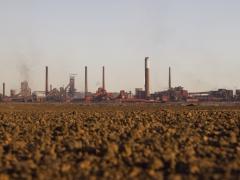by Ian Gray, Oilwatch Transformer Services
Transformers are normally very reliable items of electrical equipment, but when faults occur, they can lead to the loss of what is usually the most expensive item of equipment in the substation. In addition, some faults can develop catastrophically, with the potential to cause substantial collateral damage to nearby equipment and posing a risk to personnel.
This article provides a summary of a fault in a furnace rectifier transformer that was detected by dissolved gas analysis at early life and will act as an aid and guide to the power engineer.
The modern power transformer is designed with far less insulation material and electrical clearances due to the pressure of driving down costs. This factor needs to be considered with the failure rate at the Hillside smelter.
The Hillside aluminium smelter is located in Richards Bay, 200 km north of Durban, in the KwaZulu-Natal province of South Africa. The operation is fully owned and operated by BHP Billiton. Construction of Hillside Aluminium began in 1993 and Hillside's two potlines cast their first metal in June 1995.
In February 2003, Hillside was expanded with a further half potline. First metal was poured from this half potline during October 2003. This increased production at Hillside from 535 000 to more than 700 000 tons per annum, making it the largest aluminium smelter in the southern hemisphere and South Africa's major producer of primary aluminium. It is one of the worlds most advanced and efficient AP30 smelters and produces T-bars and primary aluminium ingots.
The Hillside smelter consumes 1100 MW of electrical power, with approximately 147 installed transformers in 1995. The unit’s capacity ranges from 90,8 MVA regulators/93,5 MVA rectifiers/35 MVA auxiliaries on the 132 kV system: 6,3 to 1,6 MVA on the 22 kV system and 600 to 200 kVA on the 3,3 kV systems...





